electric
electrical
Electrician
electricity
home
home improvement
homebrew
ACmotors, CommercialMotors, electricalengineering, ElectricalSafety, ElectricMotors, energyefficiency, HeavyDutyMotors, HouseholdAppliances, InductionMotors, IndustrialMotors, MotorApplications, MotorEfficiency, MotorMaintenance, MotorTechnology, PowerDistribution, powersystems, ResidentialMotors, SinglePhaseMotor, SynchronousMotors, ThreePhaseMotor
9M2PJU
0 Comments
Single-Phase Motors vs. Three-Phase Motors: A Deep Dive into How They Work, Their Differences, and Applications
Electric motors are the unsung heroes of modern life. They power everything from the fan cooling your room to the massive machinery driving industries. Among the most common types of electric motors are single-phase motors and three-phase motors. While both serve the purpose of converting electrical energy into mechanical energy, they differ significantly in their design, operation, and applications. In this blog post, we’ll explore the history, working principles, differences, and technical aspects of these motors in detail. By the end, you’ll have a clear understanding of why single-phase and three-phase motors exist, how they work, and where they are used.
History and Origin of Single-Phase and Three-Phase Motors
The Birth of AC Motors
The development of electric motors is closely tied to the invention of alternating current (AC) systems in the late 19th century. Pioneers like Nikola Tesla, Galileo Ferraris, and Mikhail Dolivo-Dobrovolsky played key roles in advancing AC motor technology. Tesla’s work on polyphase systems laid the foundation for both single-phase and three-phase motors.
- Single-Phase Motors: These motors were developed to cater to residential and small-scale applications. Since most homes were wired with single-phase power, single-phase motors became the standard for household appliances and light industrial tools.
- Three-Phase Motors: Three-phase motors emerged as a solution for industrial and commercial applications. The three-phase system was found to be more efficient for transmitting electricity over long distances, and three-phase motors offered higher power output and efficiency, making them ideal for heavy-duty machinery.
What is Single-Phase and Three-Phase Power?
Before diving into motors, it’s essential to understand the difference between single-phase and three-phase power supplies.
Single-Phase Power
- Definition: A single-phase power supply uses one live wire and one neutral wire to deliver alternating current (AC).
- Waveform: The voltage in a single-phase system rises and falls in a single sine wave.
- Usage: Commonly used in homes, offices, and small businesses because it is simple and sufficient for low-power devices.
Three-Phase Power
- Definition: A three-phase power supply uses three live wires, each carrying an AC current that is 120 degrees out of phase with the others, and one neutral wire.
- Waveform: The three phases create a continuous and smooth power delivery, as the peaks and troughs of the sine waves overlap.
- Usage: Primarily used in industrial and commercial settings where high power and efficiency are required.
How Do Single-Phase and Three-Phase Motors Work?
Single-Phase Motors
Single-phase motors are designed to run on a single-phase power supply. However, a single-phase supply has a significant limitation: it cannot produce a rotating magnetic field on its own, which is essential for motor operation. To overcome this, single-phase motors use additional mechanisms to create a rotating magnetic field.
Working Principle
- Starting Mechanism: Single-phase motors require a starting mechanism to generate the initial torque needed to start rotation. This is achieved using:
- Capacitors: Capacitor-start motors use a capacitor to create a phase shift between the main winding and an auxiliary winding, producing a rotating magnetic field.
- Split-Phase Windings: Split-phase motors use an auxiliary winding with higher resistance to create a phase difference.
- Shaded Poles: Shaded-pole motors use a shading coil to create a phase shift in the magnetic field, enabling rotation.
- Operation: Once the motor starts, the rotating magnetic field induces current in the rotor (in induction motors), causing it to turn and produce mechanical energy.
Limitations
- Single-phase motors have lower efficiency and power output compared to three-phase motors.
- They are generally limited to smaller applications due to their lower starting torque.
Three-Phase Motors
Three-phase motors are designed to run on a three-phase power supply. Unlike single-phase motors, they do not require additional components to generate a rotating magnetic field because the three-phase supply inherently produces one.
Working Principle
- Rotating Magnetic Field: The three-phase supply creates three alternating currents that are 120 degrees out of phase with each other. This results in a smooth and continuous rotating magnetic field.
- Self-Starting: The rotating magnetic field induces current in the rotor (in induction motors), causing it to turn without the need for additional starting mechanisms.
- Types of Three-Phase Motors:
- Induction Motors: The most common type, where the rotor is induced by the rotating magnetic field.
- Synchronous Motors: Operate at a constant speed synchronized with the supply frequency.
Advantages
- Higher efficiency and power output.
- Self-starting with high starting torque.
- Smoother operation due to the continuous rotating magnetic field.
Key Differences Between Single-Phase and Three-Phase Motors
| Aspect | Single-Phase Motors | Three-Phase Motors |
|---|---|---|
| Power Supply | Single-phase (1 live wire, 1 neutral wire) | Three-phase (3 live wires, 1 neutral wire) |
| Starting Mechanism | Requires capacitors, split-phase, or shaded poles | Self-starting due to rotating magnetic field |
| Efficiency | Lower efficiency | Higher efficiency |
| Power Output | Suitable for low to moderate power applications | Suitable for high-power applications |
| Starting Torque | Lower starting torque | Higher starting torque |
| Applications | Household appliances, small tools | Industrial machinery, heavy equipment |
Applications of Single-Phase and Three-Phase Motors
Single-Phase Motors
- Household Appliances: Used in refrigerators, washing machines, air conditioners, fans, and vacuum cleaners.
- Small Tools: Found in drills, grinders, and other portable tools.
- Light Industrial Applications: Used in small pumps, compressors, and conveyors.
Three-Phase Motors
- Industrial Machinery: Used in lathes, mills, and other heavy machinery.
- Heavy Equipment: Found in cranes, elevators, and conveyor systems.
- Large-Scale Commercial Applications: Used in HVAC systems, large pumps, and compressors.
Technical Perspectives
Efficiency and Power Output
- Single-phase motors are less efficient due to the need for additional components to generate a rotating magnetic field. They are suitable for low to moderate power applications.
- Three-phase motors are more efficient and capable of higher power output, making them ideal for industrial and commercial applications.
Starting Torque
- Single-phase motors have lower starting torque, which can be a limitation for applications requiring high initial torque.
- Three-phase motors have higher starting torque, making them suitable for heavy-duty applications.
Maintenance and Durability
- Single-phase motors have a simpler design with fewer components, leading to lower maintenance requirements. However, they may have a shorter lifespan due to the additional stress on starting components.
- Three-phase motors have a more complex design but are generally more durable and longer-lasting due to the absence of starting components.
Cost
- Single-phase motors are cheaper to purchase and install, making them suitable for residential and small-scale applications.
- Three-phase motors have a higher initial cost but are more cost-effective in the long run due to higher efficiency and lower operational costs.
Why Do Single-Phase and Three-Phase Motors Exist?
The existence of single-phase and three-phase motors is tied to the power supply systems they are designed to work with. Single-phase motors are ideal for residential and light industrial applications because most homes and small businesses are wired with single-phase power. On the other hand, three-phase motors are designed for industrial and commercial settings where three-phase power is available, offering higher efficiency and power output.
Conclusion
Single-phase and three-phase motors serve different purposes and are optimized for different applications. Single-phase motors are simple, cost-effective, and ideal for household and light industrial use. In contrast, three-phase motors are more efficient, powerful, and suited for heavy-duty industrial and commercial applications.
Understanding the differences, working principles, and technical aspects of these motors can help you make informed decisions when selecting the right motor for your needs. Whether you’re powering a household appliance or running heavy industrial machinery, choosing the appropriate motor type is crucial for ensuring optimal performance, efficiency, and longevity.
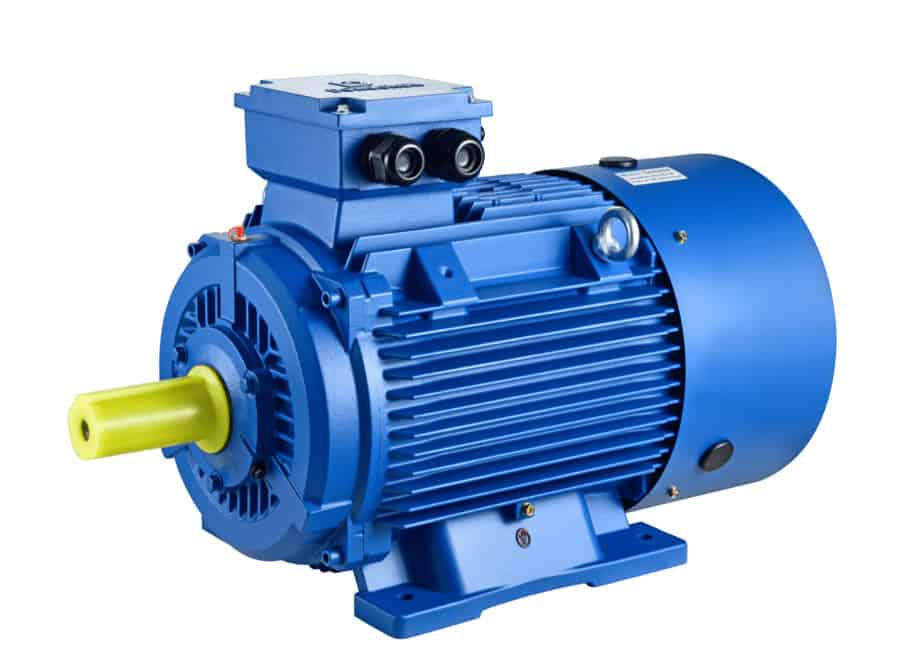
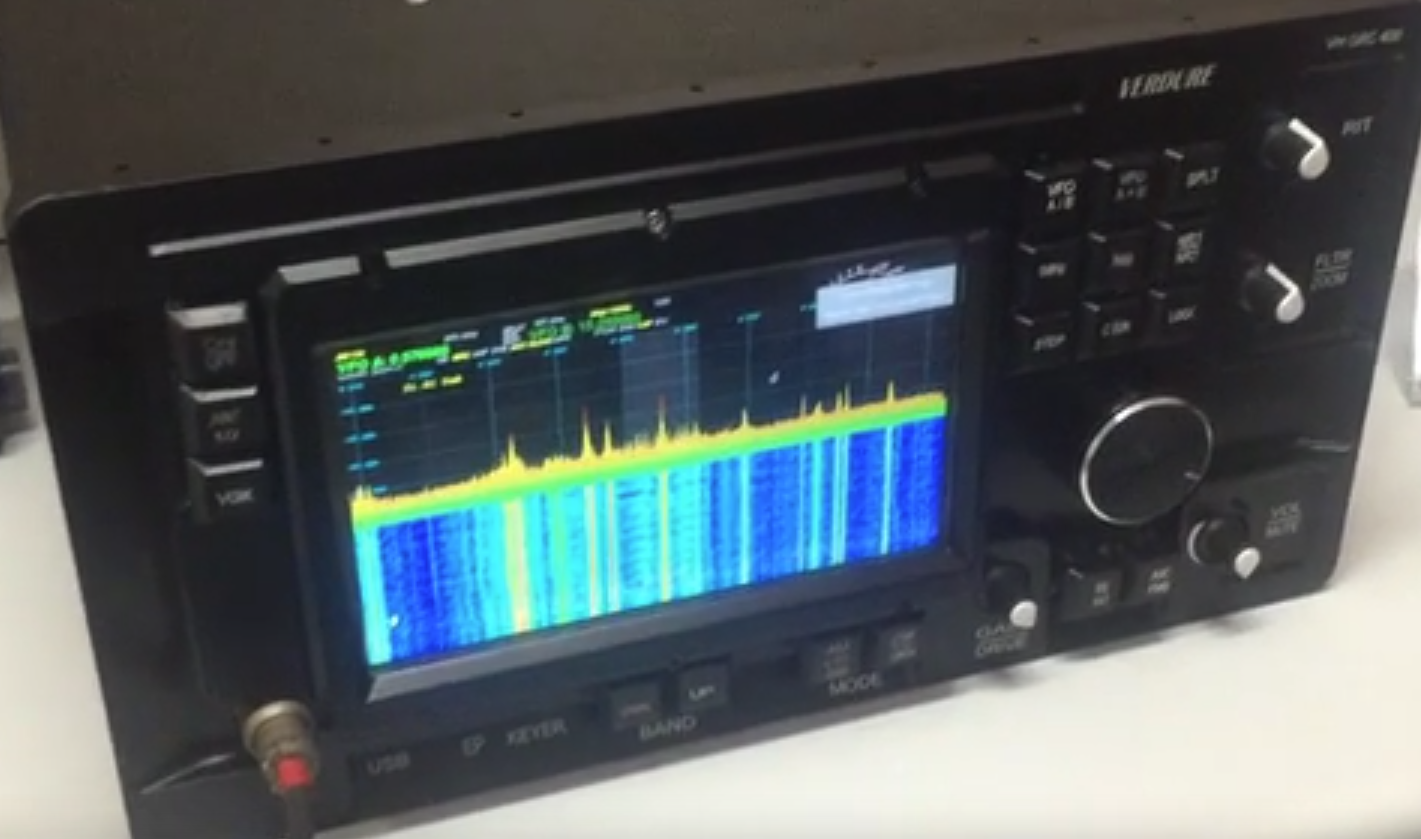
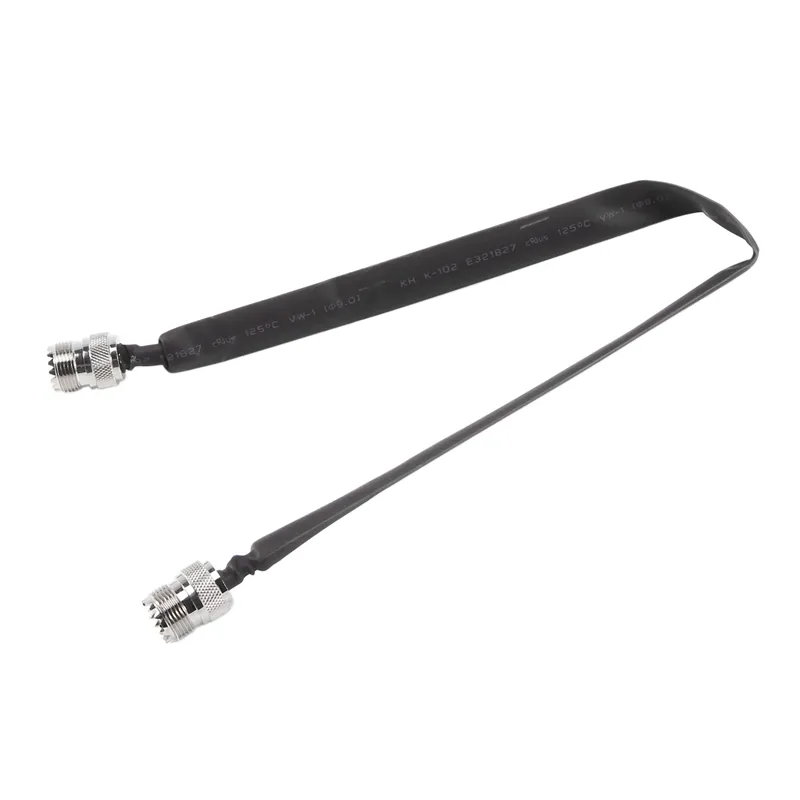
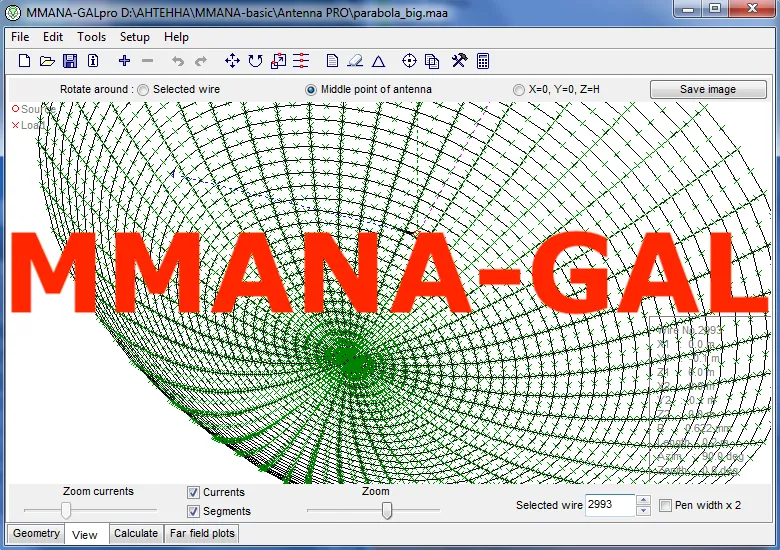
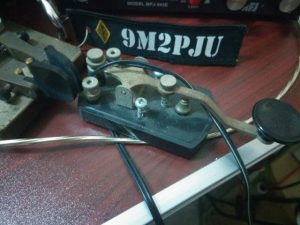
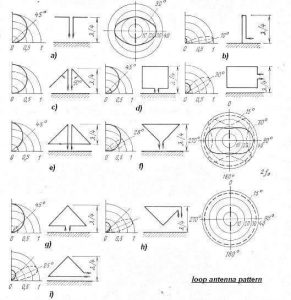

Post Comment